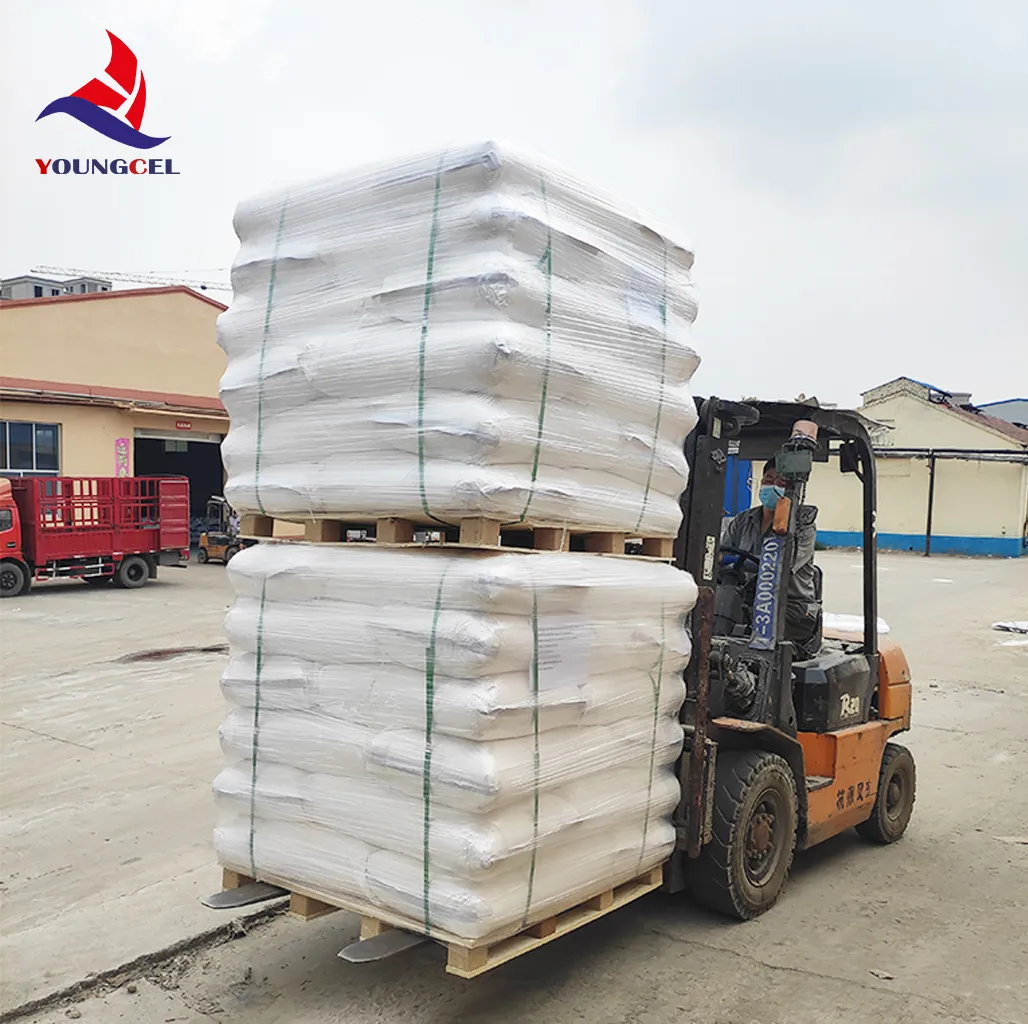The Importance of Choosing the Right Adhesive for Tile Installation
When it comes to tiling projects, whether in a residential bathroom, kitchen, or even outdoor areas, the choice of adhesive is as crucial as the tiles themselves. The correct adhesive not only ensures that tiles adhere securely to the substrate but also contributes to the overall durability and aesthetic appeal of the finished surface.
Understanding Tile Adhesives
Tile adhesives come in various forms, including thin-set mortar, epoxy, and mastic. Each type has its unique properties, making it suitable for different applications. Thin-set mortar, for instance, is a blend of cement, fine sand, and water-retaining agents, commonly used for both ceramic and stone tiles. It is known for its strength, flexibility, and resistance to moisture, making it ideal for indoor flooring and walls.
On the other hand, epoxy adhesives are composed of a resin and hardening agent, offering exceptional bond strength and chemical resistance. This makes them particularly well-suited for environments prone to moisture and spills, such as commercial kitchens and hospitals. Mastic, a pre-mixed adhesive, is easy to apply and ideal for wall tiles in dry areas but is not recommended for wet zones due to its low moisture resistance.
Factors to Consider
When selecting an adhesive for tile installation, several factors should be taken into account
1. Tile Material Different materials require different adhesives. For instance, natural stone tiles often require a more specialized adhesive to avoid staining and damage.
2. Installation Environment Areas exposed to moisture, such as bathrooms and kitchens, demand more resilient adhesives that can withstand wet conditions. Similarly, outdoor installations need adhesives that can endure temperature fluctuations and UV exposure.
3. Substrate Type The surface onto which tiles are installed also influences adhesive choice. For cement backer boards, a thin-set mortar is generally appropriate, while for drywall, mastic can be sufficient in dry areas.
adhesive for tile

Application Tips
Proper application of tile adhesive is key to achieving a successful tiling project. Here are some tips to ensure a strong bond
- Surface Preparation Always ensure the substrate is clean, dry, and free from dust or debris before applying adhesive.
- Mixing For powdered adhesives, following the manufacturer’s instructions for mixing is essential to achieve the right consistency, ensuring optimal bonding.
- Applying the Adhesive Use a notched trowel to apply the adhesive, creating ridges that allow for a better bond with the tile. The size of the notches should correspond to the tile size; larger tiles may require larger notches.
- Setting the Tiles Press the tiles firmly into the adhesive and twist slightly to ensure full contact. Leave the appropriate joints for grout, following the manufacturer’s recommendations.
Conclusion
Choosing the right adhesive for tile installation is a vital part of any tiling project. It ensures not only a strong bond but also longevity and aesthetic satisfaction. By understanding the different types of adhesives and considering factors like tile material, installation environment, and substrate type, homeowners and professionals alike can achieve stunning and durable tiled surfaces. The right adhesive ultimately contributes to the beauty and functionality of any space, making it a fundamental aspect of successful tile installation. Whether embarking on a DIY project or hiring a professional, paying attention to adhesive selection will pay dividends in the long run.
-
Premium Detergent Grade HPMC Hydroxypropyl Methylcellulose: Superior Thickening & StabilityNewsAug.31,2025
-
HEC 100000 Hydroxyethylcellulose for Paint | Superior ThickeningNewsAug.30,2025
-
Wall Putty Rdp Powder Packaging DesignNewsAug.29,2025
-
Introduction to Hpmc Hydroxypropyl Methyl CellulosNewsAug.29,2025
-
Hpmc Industri Grade IntegrationNewsAug.29,2025
-
How to Choose the Right Construction AdhesiveNewsAug.29,2025




